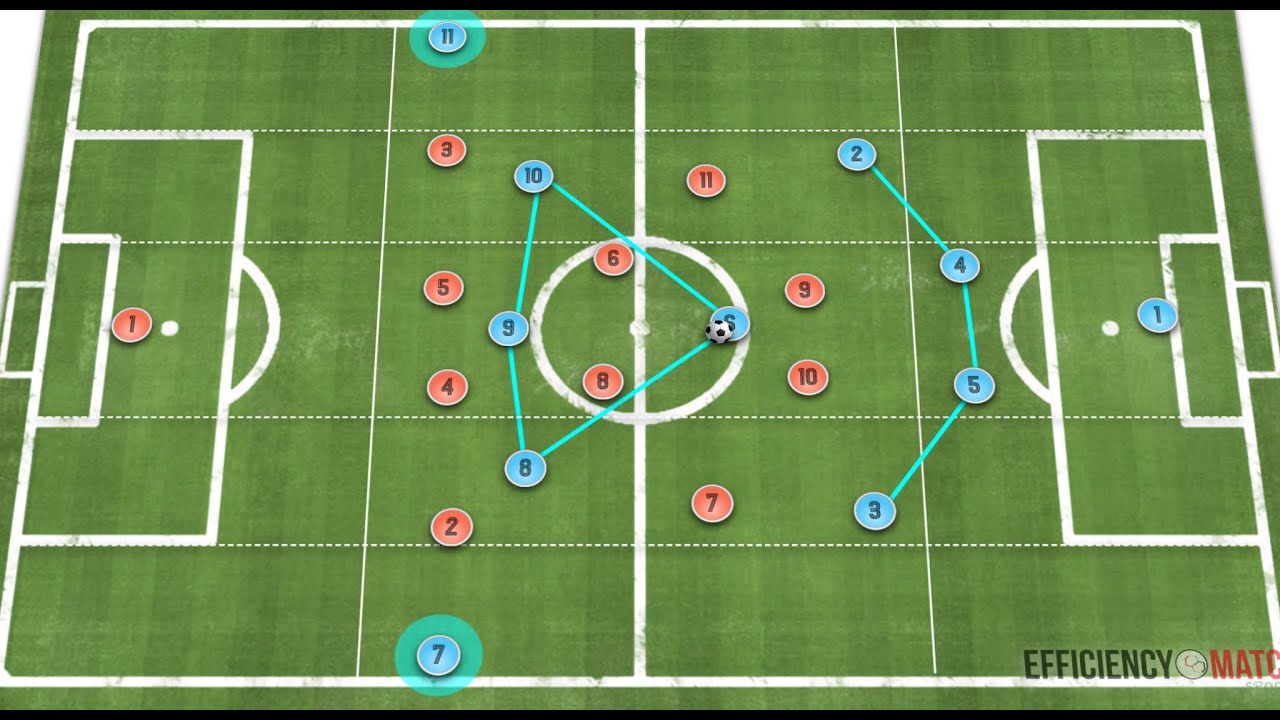In the intricate tapestry of modern football, where tactical nuances often overshadow individual brilliance, the art of player evaluation has become increasingly complex. It`s no longer merely about goals, assists, or tackles; it`s about understanding a player`s inherent role within a collective, and more critically, their capacity to influence that collective. This distinction is subtle yet profound: are we observing a player who excels within a well-oiled machine, or one who possesses the rare ability to construct or elevate the machine itself?
The Koopmeiners Conundrum: A Case Study in Evaluation
Recent commentary from Italian football pundit Domenico Marocchino brought this very dichotomy into sharp focus, using the example of Teun Koopmeiners. The essence of his observation was stark: «Koopmeiners needed the team; he doesn`t make the team.» This isn`t a slight against the Dutch midfielder`s undeniable talent, but rather a precise diagnostic of his contribution. At Atalanta, a club renowned for its highly specific and effective tactical system, Koopmeiners flourished. He was a vital cog, impeccably executing his role within a well-defined structure.
However, the leap to a club like Juventus, where the team might be in a transitional phase or struggling to find its identity, presents a different challenge. Here, a player isn`t just asked to perform; they are implicitly tasked with leadership, with dragging the collective forward, with being a foundational piece upon which a new system can be built. Marocchino`s implication is that Koopmeiners, at least currently, hasn`t demonstrated this particular `system-building` aptitude. It’s a crucial distinction for clubs looking to invest heavily in talent.
The Architects and The Artisans: Defining Roles
Let`s unpack this concept further. In football, we can broadly categorize players into two archetypes:
1. The System Artisans (System Players)
These are players who perform exceptionally when integrated into a clear, established tactical framework. They understand their instructions, execute their roles diligently, and maximize their abilities when surrounded by teammates who also understand and adhere to the system. Their brilliance often comes from their efficiency, their tactical discipline, and their ability to unlock the potential of the collective. Think of a perfectly tuned instrument in an orchestra – it sounds magnificent when played within the symphony, but might not carry the entire melody solo. Their value is immense, but often conditional on the surrounding structure.
2. The System Architects (System Builders/Game-Changers)
These are the rare individuals who, through sheer force of will, unique talent, or exceptional leadership, can fundamentally alter the performance of a team, even a struggling one. They can elevate mediocre teammates, inspire tactical shifts, or provide moments of individual genius that defy conventional systems. They are the conductors, the improvisers who can make an out-of-tune orchestra sound passable, or even exceptional, through their sheer presence. They don`t just fit into a system; they often define it or provide the spark that ignites it. Clubs pay exorbitant fees for these players, expecting them to be the cornerstones around which new eras are built.
The Perilous Pursuit of the Game-Changer in the Transfer Market
The transfer market, with its ever-inflating prices, often blurs this line. Clubs, in their desperate pursuit of success, frequently mistake a highly effective `system artisan` for a `system architect.` They see a player dazzling in a meticulously crafted setup and assume that brilliance will translate seamlessly into any environment, regardless of the surrounding quality or tactical clarity. The irony, of course, is that the very system that made the player shine might be absent in their new destination.
This misidentification leads to spectacular transfer flops, not necessarily because the player is inherently poor, but because they are placed in a role that does not suit their fundamental footballing DNA. A player who thrived on quick one-two passes in a high-pressing team might struggle immensely when asked to create magic in isolation in a counter-attacking side. It`s akin to asking a master craftsman of delicate watches to build a skyscraper – both require immense skill, but of a fundamentally different nature.
Modern Football`s Demands: Beyond the Stat Sheet
Today`s game demands more than ever from its players. Tactical flexibility, mental fortitude, and the ability to adapt to myriad situations are paramount. Yet, the core distinction remains relevant for talent evaluators. When a club aims to recruit, especially one in transition, understanding whether they need a player to slot perfectly into an existing (or desired) system, or one to help forge that system from scratch, is critical. The former demands tactical awareness and consistency; the latter, often, demands vision, resilience, and a touch of independent brilliance.
Ultimately, the Koopmeiners discussion, and similar debates across the footballing world, underscore the evolving sophistication of player analysis. It`s a reminder that beneath the surface-level statistics and highlight reels, lies a deeper understanding of roles, responsibilities, and the intricate relationship between individual talent and collective strategy. For scouts, coaches, and indeed, for us, the observers, distinguishing between the artisan and the architect is not just an academic exercise; it`s the key to truly comprehending the beautiful, complex game of football.

